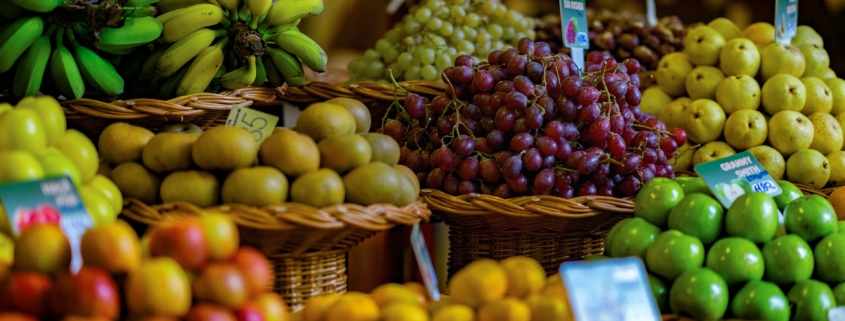Will Regenerative Agriculture Change How We Grocery Shop?
Look for the word “regenerative” at your local grocery store. Chances are, you’ll spot it on boxes of mac and cheese, cartons of milks, or even bags of chips. Regenerative agriculture, also called carbon farming, has become the latest darling of everyone from food companies to universities to politicians. But what is regenerative agriculture? How do products made with these practices differ from others, and can buying them help consumers fight the climate crisis? Here’s what you need to know about this farming philosophy.
What is regenerative agriculture?
Ask 10 different people to define regenerative agriculture, and you’ll get 10 different answers. There is no one single definition, although several organizations are currently working to establish formal guidelines.
“The idea with regenerative agriculture is to make the land better than it was,” says Dawn Pettinelli, associate cooperative extension educator at the University of Connecticut’s Institute of the Environment.
In essence, regenerative agriculture is farming done in a way that helps build soil health, increase organic matter, store water more effectively, and draw carbon out of the atmosphere.

